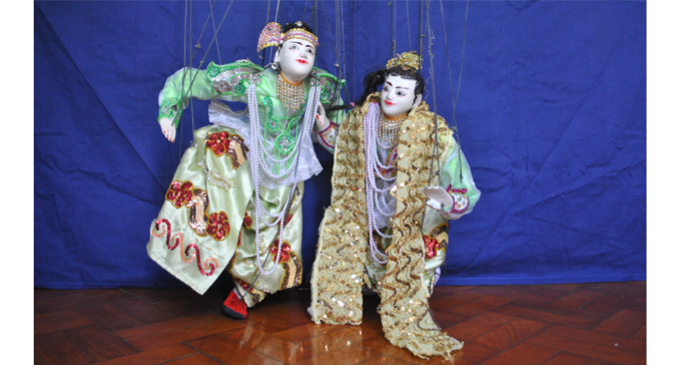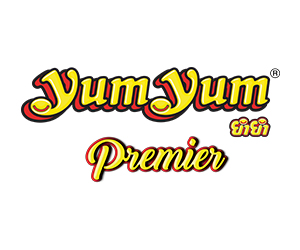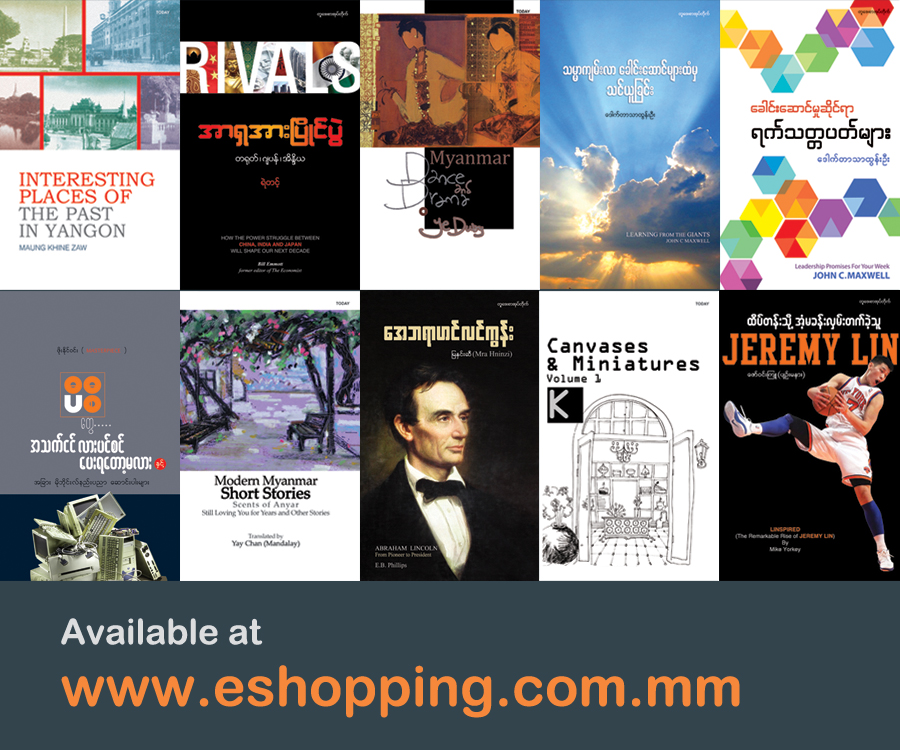Myanmar puppet

The Myanmar puppet theatre has a long and rich tradition of about six centuries and we now have enough evidences to believe that, as in Thailand and Java (Indonesia), the art of drama began with puppets in this country also.
The number of marionettes of a puppet troupe as designated by thabin woons (ministers for theatre) of the past is twenty-eight. The number is symbolic of the four Buta Rupas (elements) and 24 upada Rupas (attachments), altogether 28 rupas or attributes which made up the human body as mentioned in the Abidhama, one of the Tipitakas or the Three Baskets embodying the teachings of the Buddha.
The list of marionettes claimed to have been designated by the thabin woons of the past consisted of the following;
1. Yathay (Hermit)
2. Thagyamin, King of the Celestial Beings.
3 to 4. Good and Evil Nats or Spirits
5. Natkadaw (Spirit Voteress)
6. Ahpyodaw (Hand Maiden)
7. Bayin or Mingyi (King)
8. Mintha (Prince)
9. Minthamee (Princess)
10. Minthagyi (Senior Prince. White-faced)
11. Lugyan Minthagyi (Villainous Senior Prince. Red-faced)
12 to 15. Woon-gyi Lay Par (Four Ministers, two of whom are depicted with white faces and two with red)
15 to 16. Lushwin Daws or Lubyets (Clowns or Jesters)
17 to 18. Thu Nge Daws (Royal Page Boys)
19. Ponna (Brahmin)
20 to 21. Ah Pho Gyi (Old Man) and Ah Phwa Gyi (Old Woman)
22. Myin (Horse)
23. Myauk (Monkey or Hanuman of the Ramayana)
24 to 25. Taw Beloo (Jungle Ogre) and Nan Beloo (Palace dwelling Ogre)
26. Zawgyee (Theurgist who attained supernatural powers by practicing the art of alchemy)
27. Hsin (Elephant. Black)
28. Thar Daw (Small Royal Baby or Infant)
Optional marionettes that may be added are:
1. Than Cho Kaing (Figure of Master of the Sweet Voice Impromptu Poet)
2. Than-pyet Clown (Assistant Clown of the Than Cho Kaing Poet)
3. Galon-bird (Garuda)
4. Naga-serpent (Dragon)
5. Hsin Phyu Daw (White Elephant)
6. Sown-ma (Witch)
7. Beloo-ma (Ogress)
8 to 9. Kyee and Nget Kyi (Parrot and Stork)
Myanmar rules were imposed on the making of puppets. Thabin Woons of the past, after consulting astrology and divination, prescribed the appropriate kind of wood for the making of each puppet-character. Yamanay (Gmelina Arborea) was specifically proposed as wood for making principal human characters, nats (spirits) and horses. Ayekayit (Millingtonia hortensis) was employed for making hermit, king and four ministers. Ma-oo (Anthophalus cadamba) or panmairsar (Albizia stipulata) was used to make other characters. In 1821, let-pan (Bombax makabaricum) or thanat (Garcinia elliptica) were used instead of ayekayit and ma-oo. However, present-day puppet makers prefer yamanay as the best wood; strong yet light, soft but unattackable by white ants.
Puppet makers of the past placed logs in water. The area that surfaced was designated for making female characters whe- reas the surface that submerged was specified for making male characters. When the desired wood is obtained, lengths were cut to the heights of various puppets and the blocks for body parts such as the head, neck-piece, upper torso, arms, forearms, hands, lower torso, thighs, legs and feet were cut to suitable sizes; but all the blocks marked for upper parts so that the puppets “might not be in disorder”. An auspicious day was chosen for the commencement of making a puppet or puppets. The forming of various parts of puppets involved the technique of whittling rather than carving since no chisels but knives were used.
White paint for face, hands and feet was made by rubbing kankusan (talc, steatite or soapstone) on a circular stone slab usually used for grinding thanakha (Murraya paniculata) paste, a common cosmetic of Myanmar women. Water in small quantities was added from time to time to make a thick paste. Separately, a liquid in which kernels of roasted tamarind seeds (Tamarindus Indica) had been boiled was used as a sort of vehicle or adhesive for the paint. The two mixtures in equal quantities were mixed well and the paint thus made was applied layer by layer using cock-feathers as a brush. Up to ten layers were applied. Correct application would result in almost porcelain-like finish that was free from cracks and non-reflective.
For red-faced characters such as the hermit, villainous prince, old man, old woman etc., the red paint was prepared by mixing hin-tha-pyada (red murcuric oxide) in small amount and the existing white paint.
Facial features were outlined with black ink which was obtained by mixing soot with tarmac resin, gall of the ngagyin fish (Cirrhina morigala) and a little hot water.
Great care was taken by the puppeteers who were more or less skilled in the craft of embroidery with the costumes and appurtenances of the characters representing the spiritual world.
Ye Dwe
./wp-content/uploads/2018/10/Emirate-Online-TDY.png)






















There are no comments at the moment, do you want to add one?
Write a comment